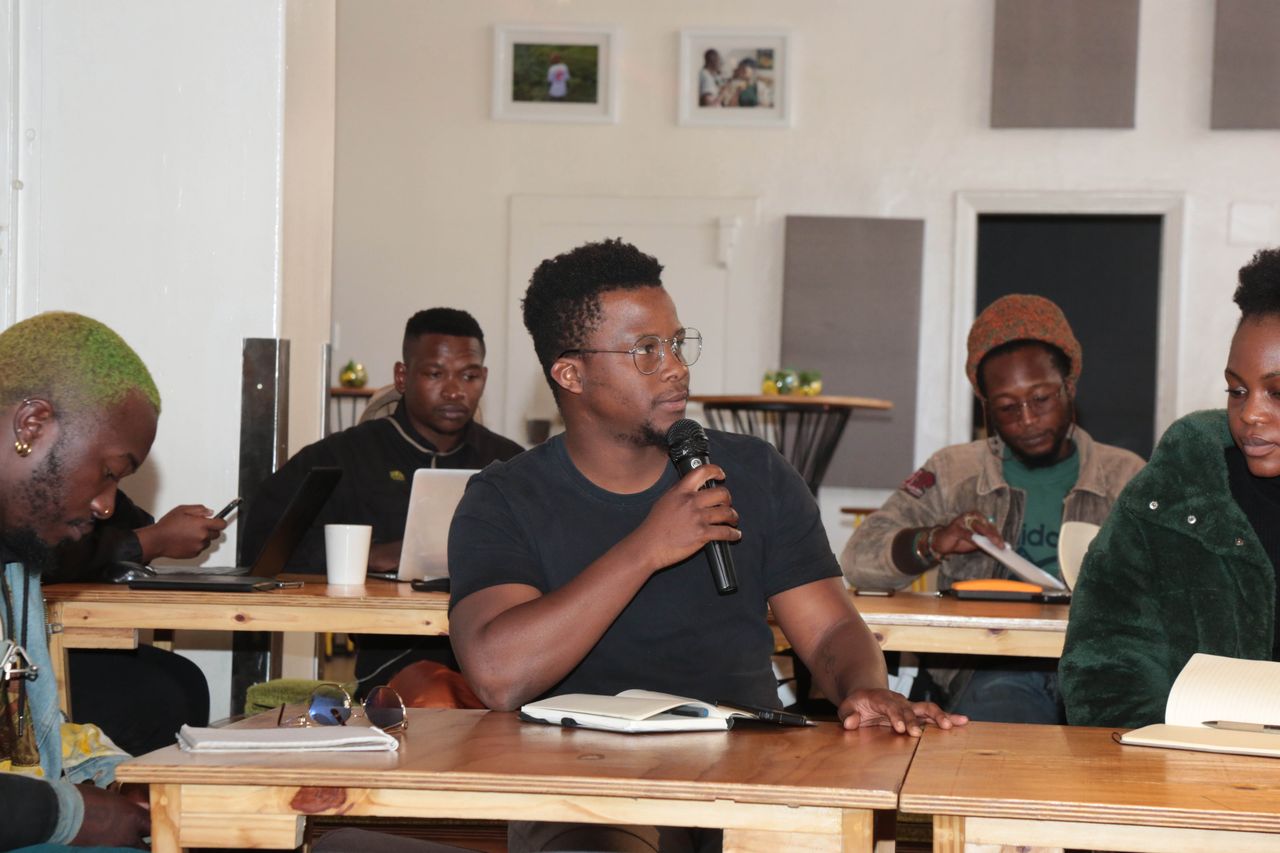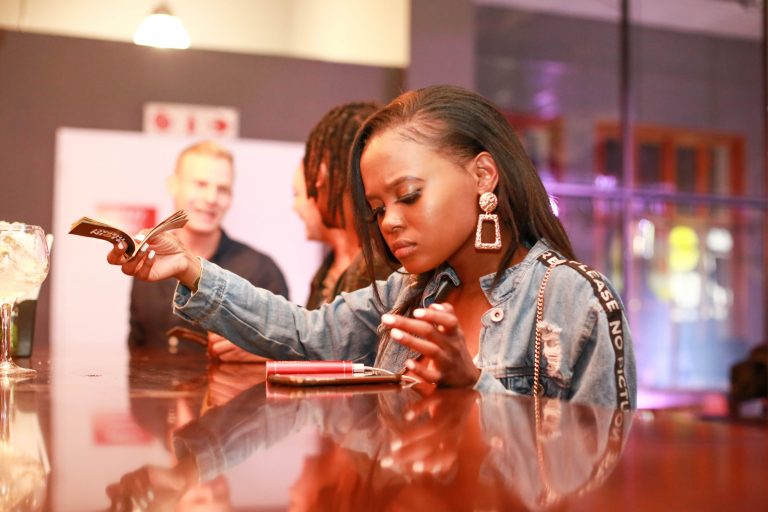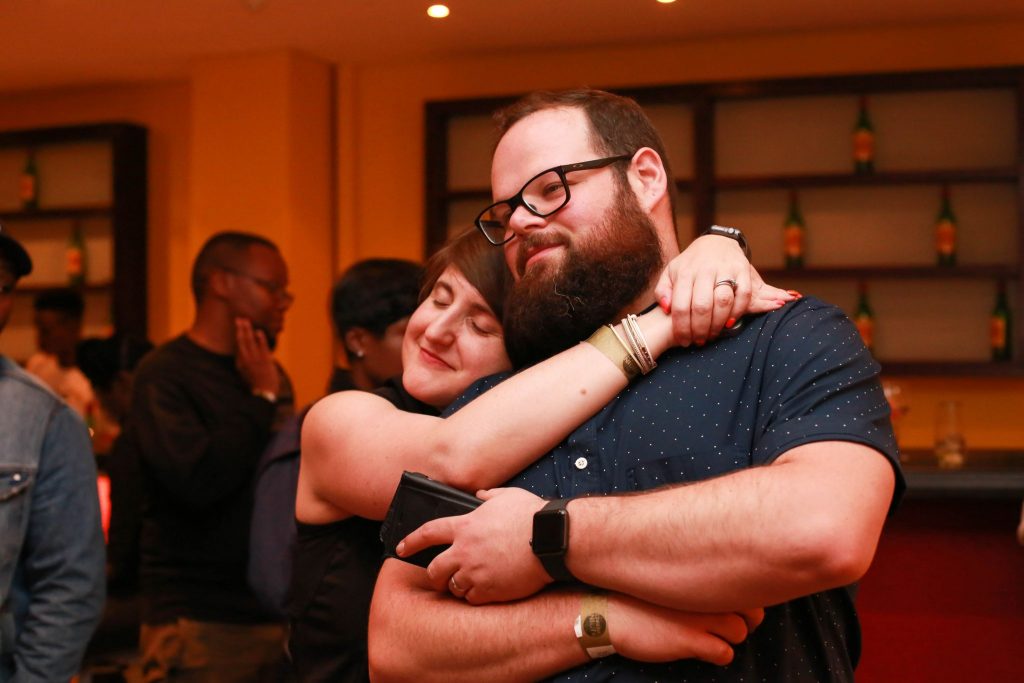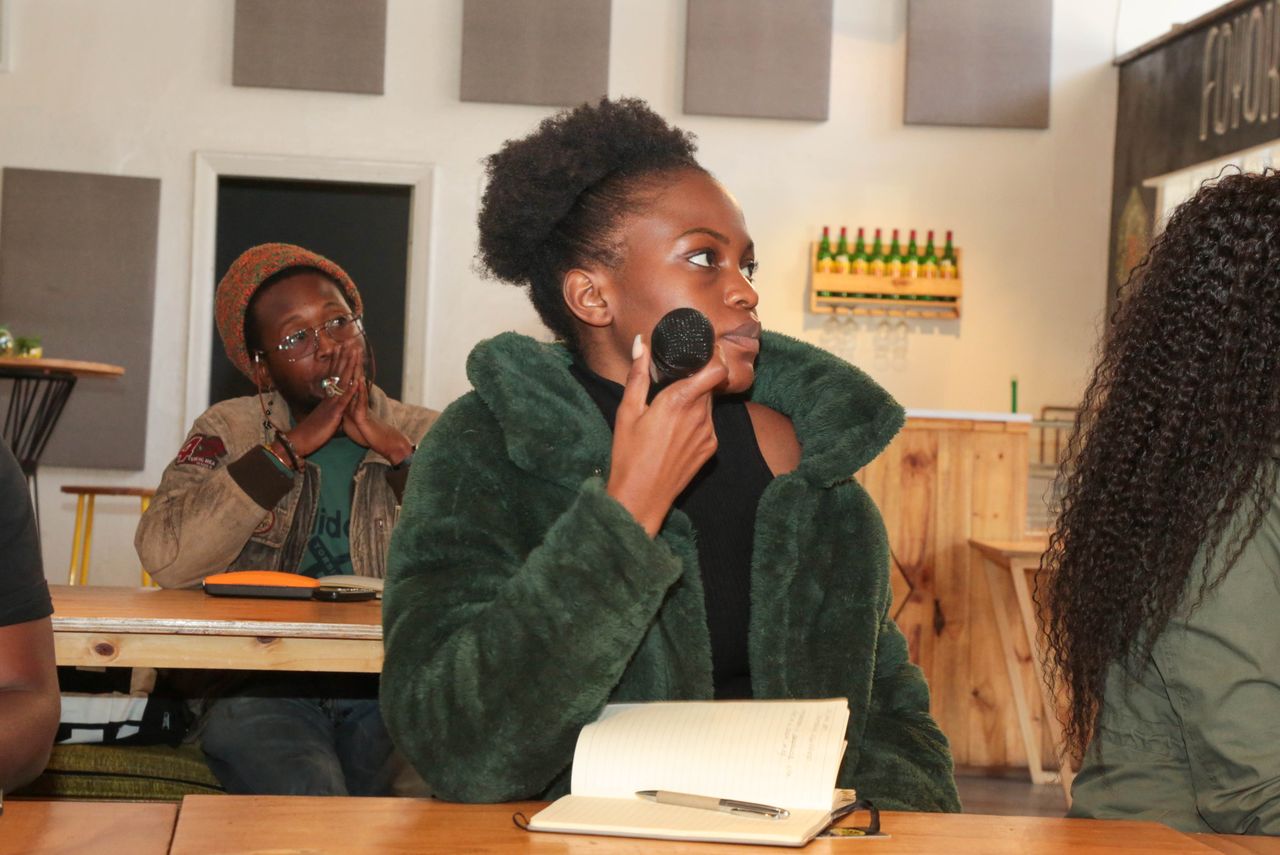
Breached Terms (2/2)
The first part of this 2-piece series, we covered 3 principles that can help any business begin navigating their legal activities:
- Begin by clearly stating the purpose of the legal activity.
- Prepare and share any relevant documents/ communication.
- Proceed with agreed terms/ Take legal action (if necessary).
In this second installment, we look at 3 examples of how that legal knowledge can be useful for creative entrepreneurs.

1. Joint Venture Agreements
Creative startups may use legal knowledge when collaborating with other businesses or entities (an influencer, employee, supplier etc.).
When establishing collaborations, a ‘Joint Venture Agreement’ can serve as a map of the venture’s goals, and keep a legal record of what was agreed upon by each party
(Here’s a template)
A Joint Venture agreement will name all the parties involved, clearly state what each’s contribution will be and outline how long the agreement will last.
- Joint Venture Agreements can include copyright clauses. These could emphasize that original ownership of all creative works belong to authors, and stipulate how the works may be sold or licensed for fixed periods;
- These agreements may also begin in the past e.g, “As part of this agreement, Hangwani acknowledges that Kheni had already created 6 artworks for the price of R1800; this price is to be included in the total amount.”
Joint Venture Agreements simply define the nature and the rules of the relationship two or more businesses aim to enter into. Later, the agreement can also serve as a reference for what is required of each party throughout the agreed period, while it may also be used as a legal document if ever required.

Looking at a Joint Venture Agreement from the 3 principles (see Part.1):
- The purpose of the legal activity is to establish a “joint” business relationship.
- The document used is an actual Joint Venture Agreement. (see a template)
- The legal “action” would be the agreement’s ability to hold members accountable, protect them in the event of a legal conflict and clearly set the rules (esp. for stuff like profit sharing & decision making within the venture).
2. Intellectual Property

As modern artists and creatives, we can’t really make it without using mastering some legal skills to help us protect our creative works. As businesses, these could mean original products, marketing or organizational designs; especially from competitors.
Read: The Smiley Face Story
By definition, an intellectual property (IP) is any original creation of one’s mind (e.g. music, art, products, inventions, ideas and designs).
As you may have read in our Disruptive Innovation Article, “smaller” market players are usually the ones who refresh markets by bringing innovative ways of doing or thinking. This sauce makes them a target for (usually bigger) competitors who just happen to be looking for some innovative processes and designs.
Google: ‘Big businesses stealing small ideas’
Whenever you (a creator) voluntarily share your creations, designs or trade secrets with any external parties; you can draft a non-disclosure (NDA) or non-circumvention agreement (NCA) to protect your intellectual property.
A Non-Disclosure Agreement allows you to control who can access your work or information, and how they are allowed to use or share it. A Non-Circumvention Agreement outwardly states that the submitted work can’t be used or replicated without involving a specific party (maybe you or the copyright holder).
Both these agreements may be added as a clause within another agreement, or independently drafted in a manner similar to the Joint Venture Agreement above (state the goals, period and terms).
On top of those defenses – your original content, marketing or organizational designs are always automatically protected by law (at least in most cases).

- This requires a lot more explaining than a breached contract – but if you ever catch another business stealing any of your designs or even the unique way you set up your IG page – you can begin by writing them a cease and desist letter (stating the conflict, as well as how and why the IP belongs you).
A cease and desist letter will usually threaten to take legal action or solve the matter in court if not resolved. If you ever did end up getting a court date, you’d notify the relevant parties via a summons that refers to the threats you made in the cease and desist.
So looking at these examples from the 3 principles:
- The purpose of these legal activities is to protect your business’ intellectual property.
- The documents which may be required are the NDA, NCA or the relevant IP document (copyright, patent, trademark etc.)
^^^ Those are specifically for protecting the works you voluntarily share ^^^
- When you don’t even know the person stealing your styles, legal “action” would be the Cease and Desist letter you use to notify someone to stop using a creation that legally belongs to your business; and summons you’ll have to send when they’re obviously trying you.
3. Social media laws and defamation
In addition to establishing social media standards and policies for employees and/or other representatives, there are a few social media laws and legal processes that can be relevant to all startups, businesses and entrepreneurs (on social media).
- In most countries, a social media user has no right to publicly defame a brand/ business.
- One of the instances where a social media complainant could be in the right, is if the subject of the issue/complaint is of public interest. e.g. Exposing a business for environmental negligence and/or other activities that may infringe upon the public’s basic rights e.g. human trafficking, racism, etc. (Note: even if it is public knowledge, it can still be seen as defamatory, depending on the manner and intent of sharing the information)
From that second point, it’s interesting to note that when it comes to social media, most ‘legal battles’ contest whether the information was intended to be slanderous or defamatory. The claimant may not deny the issue; but simply contest the manner or tone in which the information was shared. In other words, “It’s just something about the queen’s tone, Your Honour…”

In the event that you find your business being “dragged”, here a some steps you can take to protect your brand:
- In any legal defence, it’s “paramount” that you begin by gathering all the facts. If any other parties are involved (e.g. employees or witnesses) you may want to launch an investigation to get the full story.
- Once your business’ side of the story is complete, you may want to contact the complainant to hear their side too.
- Some businesses may inform the complainant of the “ongoing investigation” and ask them to remove the defamatory posts (while subtly threatening legal action).
These cases usually end with a public apology. The conflict may go to court if the parties can’t reach a resolution. When a business sues someone for defamation, the case may mention [1] the business’ right to protect their image; [2] their version of the story and [3] how much damage the incident caused to their reputation or bottom line.
So, trying to look at these examples from the 3 principles:
- The purpose of these activities are to protect your brand on social media.
- The legal documents are the social media laws that protect businesses in different countries.
- The legal “action” would be the investigation, any communication between parties involved, as well as any arbitration, settlement or court proceedings that ensue from the conflict.
“It is right to get employers involved, since it shows that the (called out) behaviour exists in their organization. A racist or homophobic receptionist is likely to exhibit prejudice towards customers.” – Kevin Smith
Conclusion

As creative entrepreneurs, a basic understanding of the law can help us cut costs, protect our property and defend our works from all types of capitalist threats. Being able to do all this without downloading templates or paying by the hour (unless necessary) adds a new dimension of control and independence to all your business’ activities.
You can download this free eBook (from Gani Mayet) about entrepreneurship and legally going into business. Otherwise, all this legal talk has made me wanna binge How To Get Away with Murder.
From our Hive side – stay safe, keep repping and don’t do it. Don’t…
Written by: Lungelo Hlela (I am Multeemedia) // Images taken by: @dayphotolife
– – – – –
Lungelo Hlela is a Digital Copywriter based in Johannesburg, South Africa. When he’s not writing for brands, most of his work includes themes about social issues, history and popular culture. Follow him @lungelosam for more of his existentialist ramblings and romantic ideals.






